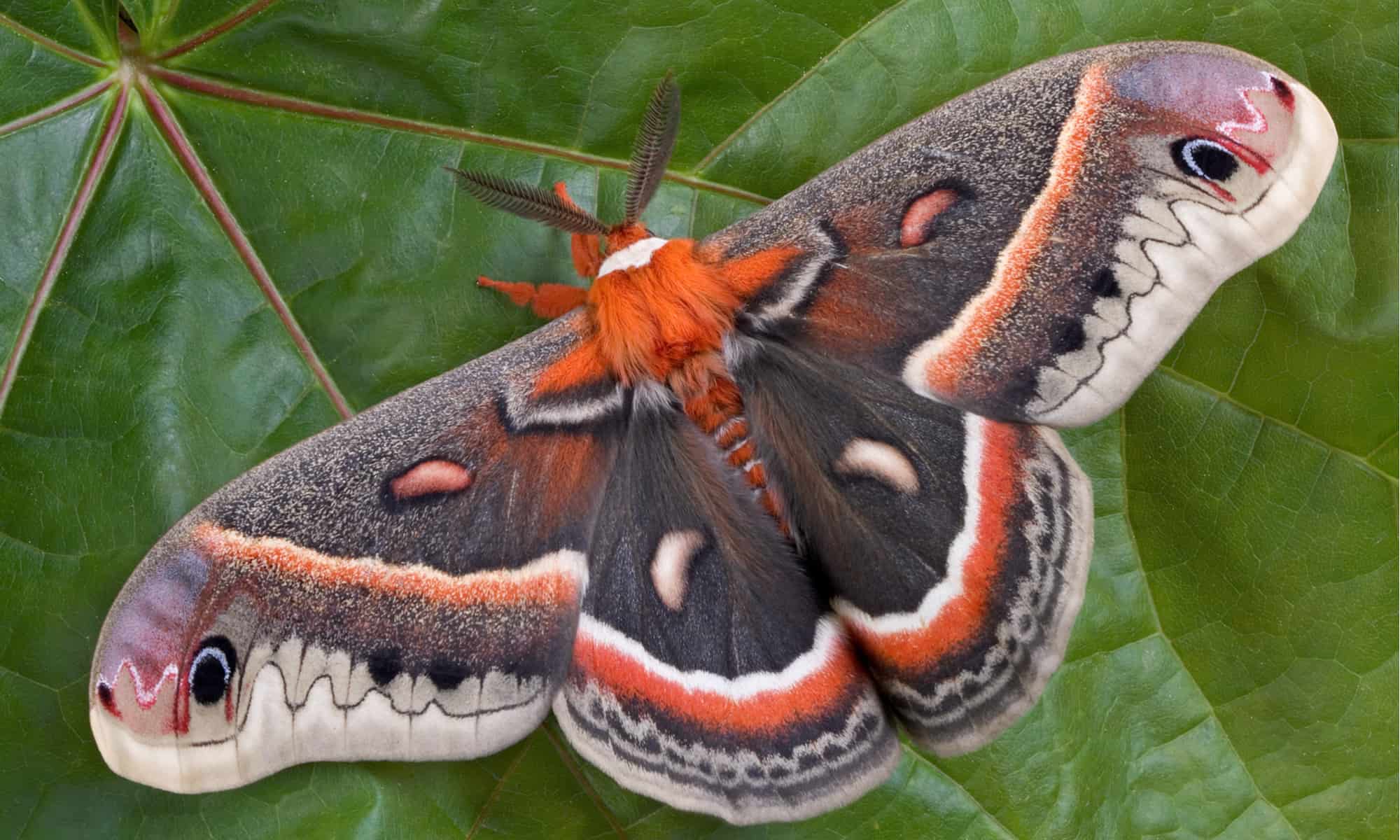Exploring The Fascinating World Of Hyalophora Cecropia: The Giant Silk Moth
Hyalophora cecropia is one of the most captivating species in the insect world, renowned for its size, beauty, and unique life cycle. This giant silk moth, native to North America, has intrigued entomologists and nature enthusiasts alike for centuries. In this article, we will delve into the characteristics, habitat, life cycle, and conservation status of Hyalophora cecropia, as well as its significance in various ecosystems.
The exploration of Hyalophora cecropia offers not only a glimpse into the life of a remarkable insect but also emphasizes the importance of biodiversity and conservation efforts. As we uncover the secrets of this magnificent moth, we will also address the challenges it faces in a changing environment. By understanding more about Hyalophora cecropia, we can contribute to its preservation and the health of its ecosystem.
Join us on this journey as we uncover the wonders of Hyalophora cecropia, exploring its biology, behavior, and the role it plays in the web of life. Whether you are an aspiring entomologist, a nature lover, or simply curious about the natural world, this article promises to provide valuable insights into one of nature's most splendid creations.
Table of Contents
Biography of Hyalophora Cecropia
Hyalophora cecropia, commonly known as the giant silk moth, belongs to the Saturniidae family. This species is notable for being one of the largest moths in North America, with a wingspan that can reach up to 6 inches (15 cm). The moth is primarily recognized for its striking coloration, featuring reddish-brown forewings adorned with eye spots and a creamy white underbelly.
| Data | Details |
|---|---|
| Scientific Name | Hyalophora cecropia |
| Common Name | Giant Silk Moth |
| Family | Saturniidae |
| Wingspan | Up to 6 inches (15 cm) |
| Habitat | Forests, woodlands, and gardens |
| Diet (Larval Stage) | Leaves of deciduous trees |
Physical Characteristics
The physical attributes of Hyalophora cecropia are one of its most fascinating features. The forewings are decorated with intricate patterns that serve as camouflage against predators. The hindwings are typically lighter and feature large eye spots that can startle potential threats.
Coloration and Patterns
- Forewings: Reddish-brown with large, iridescent eye spots.
- Hindwings: Light brown or cream with additional eye spots.
- Body: Thick and fuzzy, covered in fine hairs.
Size Comparison
Compared to other moth species, Hyalophora cecropia stands out due to its size. Here’s how it compares to some common moths:
- Hyalophora cecropia: Wingspan up to 6 inches (15 cm).
- Eastern Tiger Swallowtail: Wingspan around 3-4 inches (7.5-10 cm).
- Common Yellow Swallowtail: Wingspan around 3-5 inches (7.5-12.5 cm).
Habitat and Distribution
Hyalophora cecropia is predominantly found in North America, with a range that extends from southern Canada to the eastern United States. This species prefers habitats rich in deciduous trees, as these serve as both a food source for the larvae and a place for the adults to rest and reproduce.
Preferred Habitats
Key habitats include:
- Forests
- Woodlands
- Parks and gardens
Geographical Range
The geographical distribution of Hyalophora cecropia includes:
- Southern Canada
- Northeastern United States
- Midwestern United States
Life Cycle of Hyalophora Cecropia
The life cycle of Hyalophora cecropia is a fascinating process that consists of several stages: egg, larva (caterpillar), pupa (chrysalis), and adult moth. Each stage plays a crucial role in the development of this magnificent insect.
Egg Stage
The female moth lays eggs on the leaves of host trees. Each egg is tiny and typically laid in clusters. After about 10-14 days, the eggs hatch into larvae.
Larval Stage
The caterpillars are voracious eaters, primarily feeding on the leaves of various deciduous trees, including:
- Maple
- Oak
- Birch
As they grow, the caterpillars molt several times, eventually reaching a length of up to 4 inches (10 cm).
Pupal Stage
Once fully grown, the caterpillar forms a chrysalis, where it undergoes metamorphosis. This stage lasts about 10-14 days, depending on environmental conditions.
Adult Moth Stage
After emerging from the chrysalis, the adult moth is ready to mate and lay eggs, starting the cycle anew. Adult moths are typically active at night and are attracted to light.
Diet and Feeding Behavior
The diet of Hyalophora cecropia varies significantly between its larval and adult stages. Understanding their feeding habits provides insight into their ecological role.
Larval Diet
During the larval stage, caterpillars primarily consume leaves from specific host trees. They are known to be selective feeders, often preferring:
- Maple leaves
- Oak leaves
- Cherry leaves
Adult Diet
In contrast, adult Hyalophora cecropia do not feed on solid food. Instead, they rely on the energy stored in their bodies from the larval stage. Adults primarily seek out mates and are attracted to light sources during the night.
Predators and Threats
Like many species, Hyalophora cecropia faces threats from various predators and environmental changes. Understanding these threats is essential for conservation efforts.
Natural Predators
Common predators of Hyalophora cecropia include:
- Birds
- Wasps
- Other insects
Environmental Threats
Environmental changes pose significant risks to Hyalophora cecropia, including:
- Habitat loss due to urbanization and deforestation.
- Pesticide use that affects both larvae and adult populations.
- Climate change impacting their natural habitat.
Conservation Status
Hyalophora cecropia is currently not considered endangered; however, its populations are affected by habitat loss and environmental changes. Conservation efforts can play a vital role in ensuring
Also Read
Article Recommendations
.jpg)


ncG1vNJzZmivp6x7tMHRr6CvmZynsrS71KuanqtemLyue9WiqZqko6q9pr7SrZirq2FlfKnFwKWmqaCfp65ur8ScqaiomZZ7qcDMpQ%3D%3D